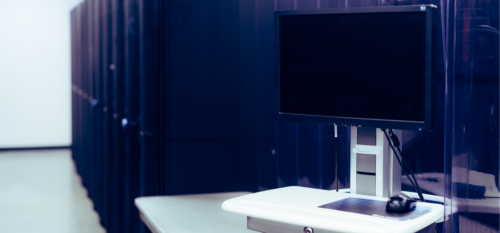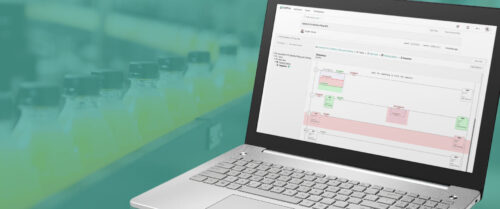DNA-level machine design
Today’s machine designers integrate engineering strategies inherent in human genetic designs. Latest theories on DNA-level adaptations in organisms align with how mechatronic designs in machinery increase productivity, agility, and the survival of manufacturing. Symbiogenesissays genetic adaptations can result from a DNA-level merging of two interdependent organisms.
Today’s machine designers integrate engineering strategies inherent in human genetic designs. Latest theories on DNA-level adaptations in organisms align with how mechatronic designs in machinery increase productivity, agility, and the survival of manufacturing.
Symbiogenesis is a biological hypothesis that says genetic adaptations can result from a DNA-level merging of two interdependent organisms, rather than random mutations followed by survival of the fittest. For your well being, successful adaptation, and survival, here are examples of how automated machine design strategies parallel symbiogenesis.
-
Few machines are engineered from the ground up for good reason. After careful consideration of physical designs most appropriate for the machine’s application, engineers incorporate commercial-off-the-shelf (COTS) technologies — such as power supplies, programmable automation controllers, and human-machine interfaces — to speed development. Internal relationships follow external environmental needs. Interdependent designs allow original equipment manufacturers (OEMs) to advance machine capabilities faster than migrating self-engineered systems. In human biology, more than 1,000 symbiotic organisms reside within us, performing many functions we haven’t taken time and energy to develop ourselves.
-
Board-level integration can happen when controllers may not fit into the application — a box within a box can be unnecessary. Intelligence previously available in a small enclosure can migrate onto embedded, board-level products. Similarly, DNA, the building blocks of life, once thought to reside only within a cell’s nucleus, now is known to reside and function outside a cell’s “control cabinet.”
-
Microprocessors have broken free of controllers, migrating to other areas of the machine. Distributed intelligence, embedded in sensors, actuators, and I/O modules, brings new speed and functions. Chromosomes in humans, and other organisms, include genes from symbiotic organisms, in similar capability integration.
-
Just as machine designers widely tap expertise of automation vendors and system integrators, scientists seek help from each other’s observations and research to learn, guide, and fill gaps in understanding.
Like living organisms, machines and processes built with creative engineering and interdependent technologies adapt more quickly, are more flexible, and build on each others’ strengths for a more promising future.
ONLINE extra
– Control Engineering articles offer machine design assistance .
– Think Again: Behavioral automation ; and
– " Evolution Revolution ," an article in fall 2009 On Wisconsin , quarterly magazine from Wisconsin Alumni Association, says, "Four decades after being rejected by the scientific community, Lynn Margulis’ insights into evolution have become standard textbook fare and established her as one of the most creative scientific thinkers of our day."
Do you have experience and expertise with the topics mentioned in this content? You should consider contributing to our CFE Media editorial team and getting the recognition you and your company deserve. Click here to start this process.





